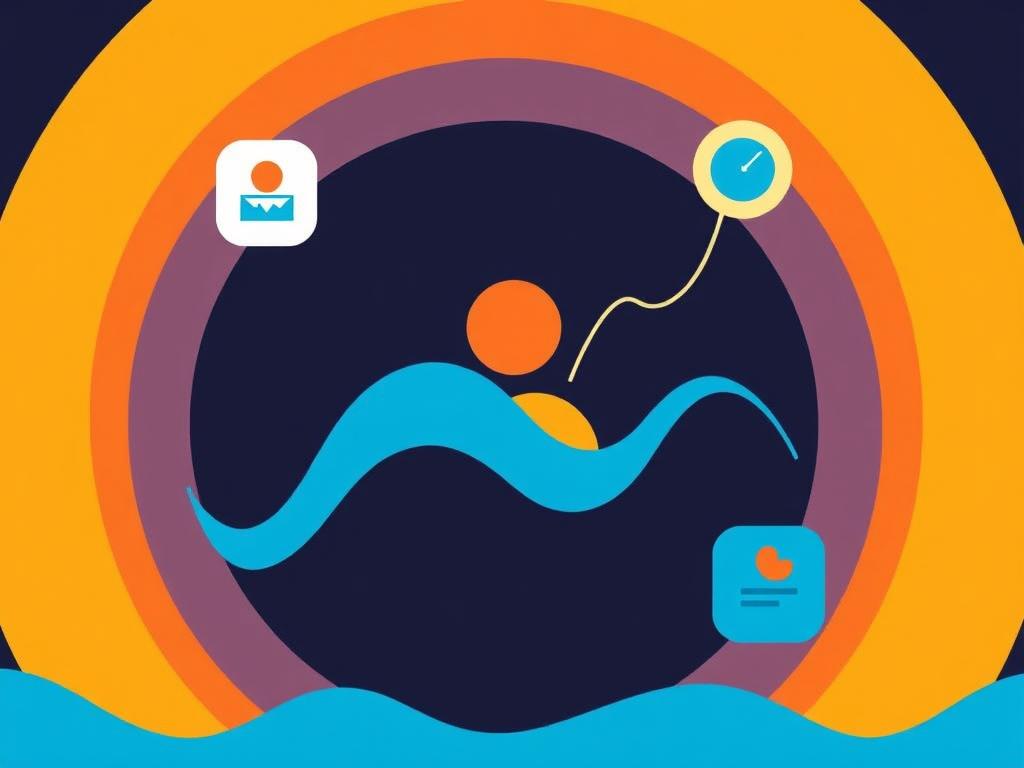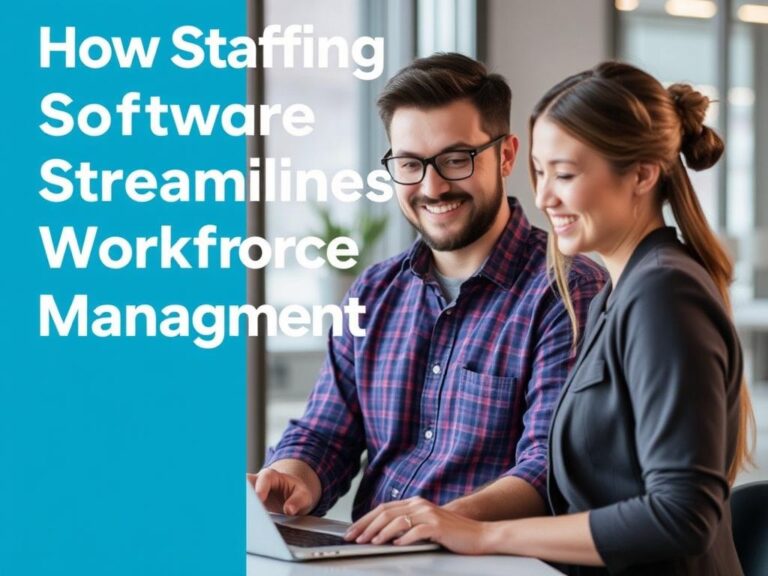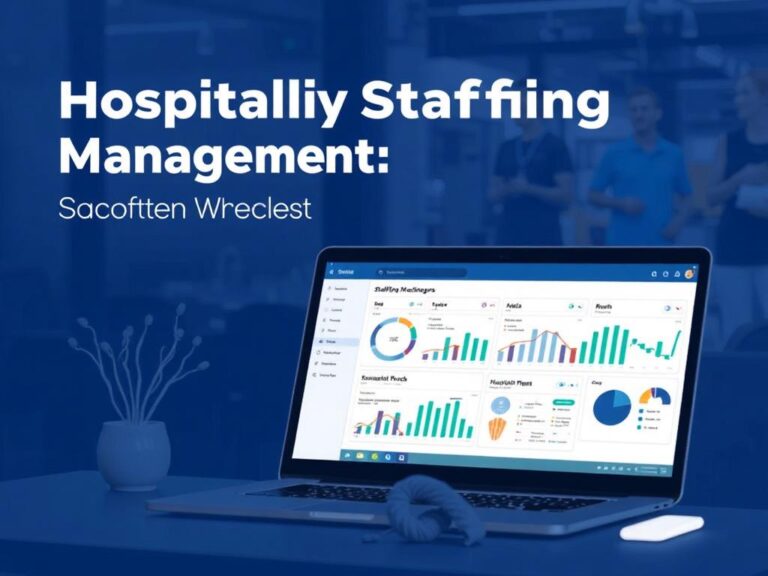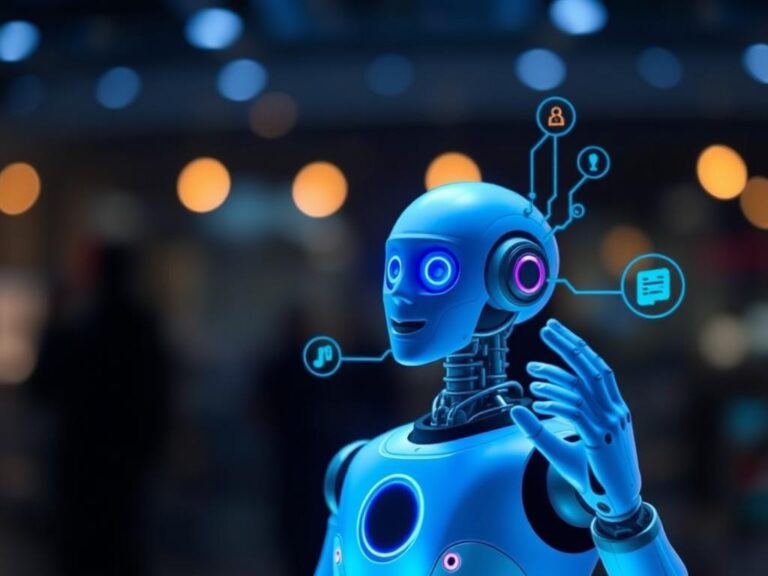How Staffing Software Will Evolve in the Next 5 Years: A Deep Dive into the Future of Workforce Management
The Current Landscape of Staffing Software
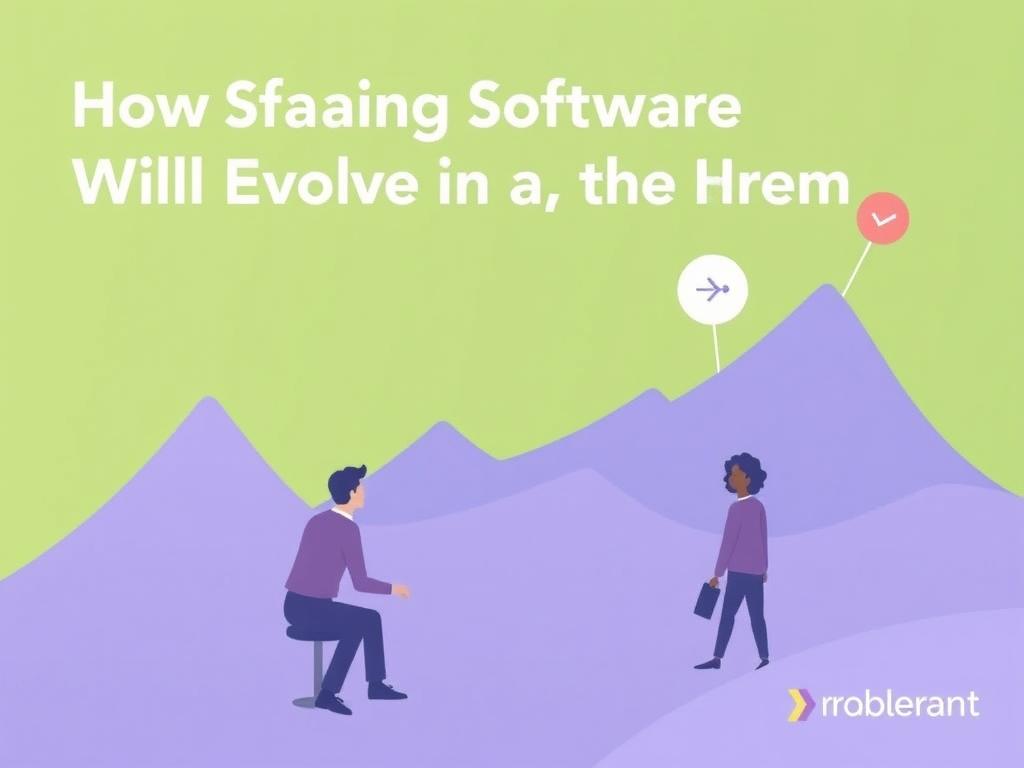
Staffing software has already revolutionized how companies recruit, onboard, and manage talent. Today’s solutions go beyond simple applicant tracking, helping businesses streamline complex hiring processes, manage temp and contract workers, and even analyze workforce data for actionable insights. From automated interview scheduling to skills matching algorithms, these platforms make staffing more efficient and precise. But as technology accelerates, the staffing software of the future promises to be even more dynamic, intelligent, and indispensable.
For many organizations, staffing software is the backbone of workforce management. Whether you’re a staffing agency juggling hundreds of client needs or a corporation managing in-house recruiters, effective software can save time, reduce errors, and improve candidate experience. As we explore how staffing software will evolve in the next five years, it’s clear that innovation will be driven by advances in artificial intelligence, data integration, and user experience design.
Emerging Technologies Shaping the Future of Staffing Software
One of the biggest changes coming to staffing software is the integration of advanced artificial intelligence (AI) and machine learning (ML). These technologies will enable smarter candidate sourcing, predictive hiring outcomes, and personalized candidate engagement. Imagine a system that not only scans resumes but also comprehends soft skills, cultural fit, and career progression potential—predicting who might succeed in a role before a single interview is conducted.
Artificial Intelligence and Candidate Matching
AI-powered algorithms will analyze vast datasets from resumes, social media profiles, and previous job performances to match candidates with job openings that fit both skill and personality. This goes beyond keyword matching to a much deeper understanding of human behavior and job demands.
Automation of Routine Tasks
Staffing software is already automating routine functions like interview scheduling and follow-ups, but future platforms will expand automation to include contract management, compliance checks, and workflow approvals. This will free recruiters to focus on high-value interactions, such as relationship building and strategic talent acquisition.
Integration with Emerging HR Technologies
In the next five years, staffing software will better integrate with other HR tech, including payroll systems, learning management platforms, and employee engagement tools. Unified data across these systems will provide a 360-degree view of the workforce, enabling smarter talent planning and retention strategies.
Enhanced Data Analytics and Predictive Insights
Data will become the lifeblood of staffing software evolution. Advanced analytics tools will deliver real-time insights into hiring trends, workforce diversity, candidate pipelines, and performance metrics. Businesses will be able to identify bottlenecks in their hiring processes, understand the effectiveness of sourcing channels, and predict future workforce needs more accurately.
Table: Key Staffing Metrics to Track
| Metric | Description | Why It Matters |
|---|---|---|
| Time to Hire | Average number of days from job posting to offer acceptance | Helps optimize recruitment speed |
| Quality of Hire | Performance and retention rate of new hires | Measures recruitment effectiveness |
| Candidate Source Effectiveness | Comparison of hires by different sourcing channels | Improves sourcing strategy |
| Diversity Hiring Rate | Percentage of hires from underrepresented groups | Supports inclusion goals |
User Experience and Mobile-First Design
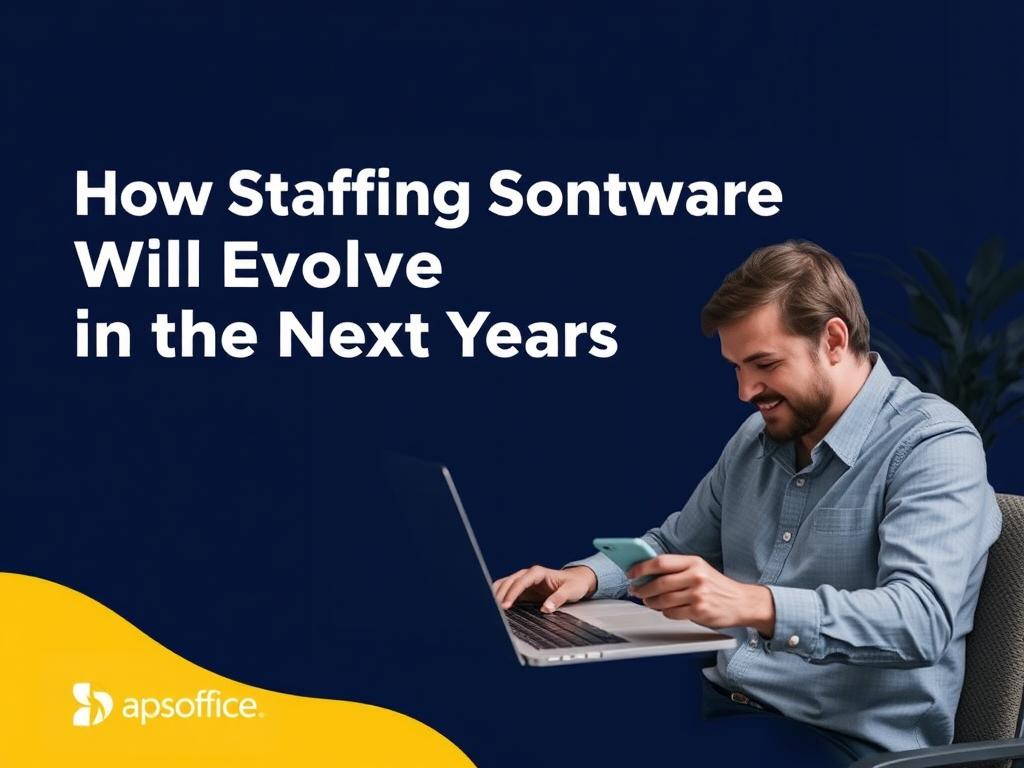
The future of staffing software will put user experience front and center. Recruiters and candidates will enjoy intuitive, easy-to-use platforms that remove common frustrations such as clunky interfaces and slow load times. Mobile-first design will become a standard, optimizing software for smartphones and tablets so hiring can happen anywhere, anytime.
Benefits of Mobile Staffing Software
- Real-Time Notifications: Instant alerts for interview invites, candidate replies, and approvals keep workflows moving.
- On-the-Go Scheduling: Recruiters can book interviews or update candidate status directly from their devices.
- Candidate Engagement: Mobile-optimized portals allow candidates to apply, communicate, and submit documentation with a few taps.
Focus on Candidate Experience and Employer Branding
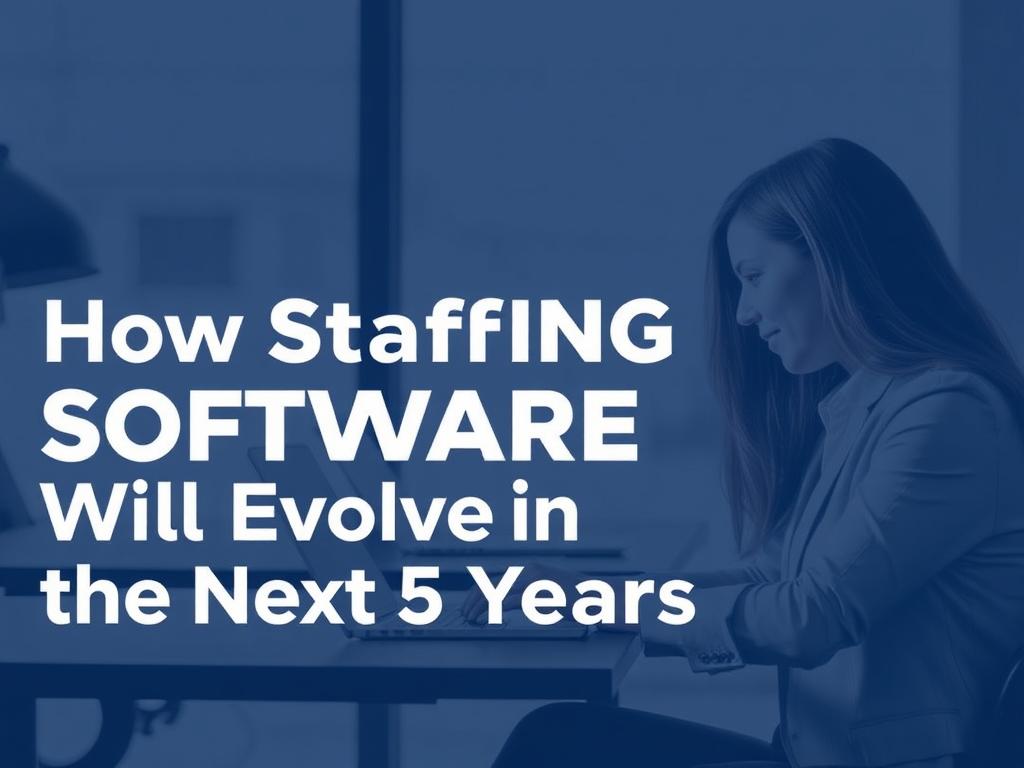
Candidate experience is becoming a key differentiator in a competitive job market. Staffing software will evolve to help companies build stronger employer brands through personalized communication, transparent hiring processes, and engaging content delivery. Features like AI-driven chatbots will provide instant responses to candidate queries, while automated status updates will keep applicants informed and reduce anxiety.
Moreover, aligning staffing software with employer branding efforts will enable recruiters to showcase company culture through multimedia posts, virtual tours, and social proof—all within the application workflow. This cohesive experience builds trust and attracts top talent more effectively.
Security, Compliance, and Ethical AI Use
As staffing software handles increasing volumes of sensitive personal and organizational data, security and compliance will become more critical. Future platforms will incorporate advanced encryption, biometric authentication, and continuous monitoring to safeguard information.
Ethical AI use will be another major focus. Staffing software developers will need to address potential algorithmic biases and ensure transparency in automated decision-making processes. This includes robust audit trails and giving candidates and employers insight into how AI recommendations are generated.
Summary: Why Embracing Change Is Essential
Companies that adopt next-generation staffing software will gain a strategic edge in talent acquisition and workforce management. The blend of AI, data analytics, seamless integrations, and mobile usability will reduce costs, boost hiring quality, and improve employee retention. However, to fully benefit, organizations must stay open to new technologies and continuously train their teams to leverage these advanced tools.
Conclusion
The evolution of staffing software over the next five years promises to transform hiring and workforce management in profound ways. With AI-driven candidate matching, sophisticated data analytics, user-friendly mobile designs, and stronger focus on security and ethics, staffing software will become smarter, faster, and more aligned with the needs of both employers and candidates. Businesses that invest in these innovations will not only improve their recruitment outcomes but also enhance their overall talent strategies—building a more agile, diverse, and engaged workforce for the future. Staying ahead in this rapidly changing landscape means embracing technological change today to thrive tomorrow.
